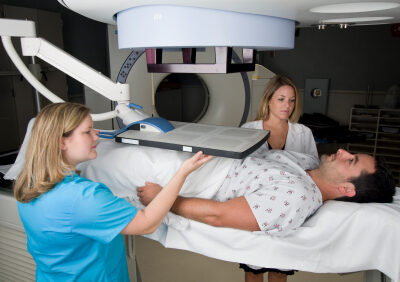
Health
An Insulin Guide for Patients with Diabetes
If you’ve been recently diagnosed with either type 1 or type 2 diabetes you may need to use insulin. However, the very thought of insulin can give many people panic attacks. In fact, insulin is a life-preserving medication for patients with type I diabetes while it’s known to significantly improve quality of life for many people with type II diabetes. Insulin is a hormone, produced by the pancreas in the beta cells that helps control blood sugar levels. However, patients with type 1 diabetes, an autoimmune disease that gradually kills the beta cells in the pancreas so the body is unable to make (enough) insulin, lack of insulin leads to dangerously high blood sugar and resulting fatigue and diabetic ketoacidosis (DKA), which can be life-threatening. While patients with type 2 diabetes, suffer insulin resistance, which leads to excess blood glucose levels. Thankfully, both type 1 and type 2 diabetes may be prescribed insulin in the following ways: 1. Insulin injections Insulin given via injection (or needle and syringe) is the most commonly prescribed insulin delivery method for diabetic patients. Patients prepare a dose of insulin via needle syringe and inject it directly under the skin of the buttock, belly, thigh, or upper arm.
Read More 















